PRS SE vs PRS S2: what's the difference between these renowned electric guitars?
We unpick the history, differences and tones of the PRS Student Edition and the affordable USA line
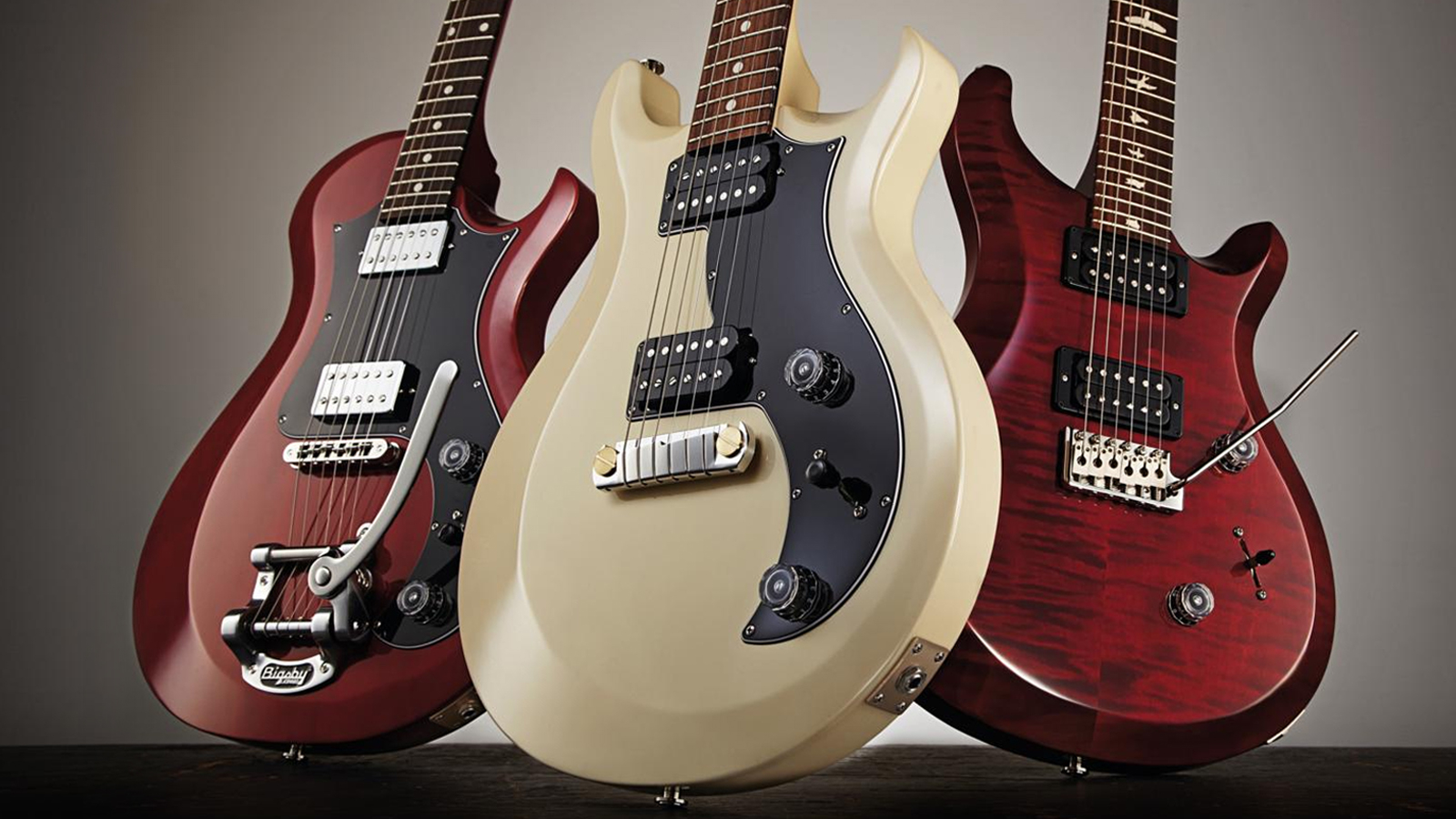
Often held up as the benchmark in guitar manufacturing, PRS are renowned the world over for their first-class build quality, exotic finishes and extremely versatile sonic presence. As you can imagine, a world-class instrument doesn't come cheap, though. Thankfully, the Maryland guitar masters are all too aware that the eye-watering prices of the Core and Private Stock lines are out of reach for many regular Joes – with the SE and S2 ranges picking up the slack and offering an affordable option for those on a budget.
A quick glance at the current PRS catalogue reveals that the celebrated guitar manufacturer is going all in on their more reasonably priced ranges, unveiling all-new SE and S2 guitars for 2023. The outstanding McCarty and DGT models are finally coming to the SE line – after fans begging for it for years – and the S2 commemorates its 10th Anniversary with a limited edition variation.
Now, with the PRS lineup growing at an exponential rate, it can get rather confusing when trying to decide which model is right for you. Well, we're here to answer that question for you today – PRS SE vs PRS S2: what's the best one to go for?
We'll walk you through both the SE and S2 ranges, unpacking all the differences in the building process, as well as highlighting key models. So, if you've ever wondered if you should go SE or S2, then this is the article for you.
PRS SE vs PRS S2: At a glance
Since comparing an entire series against another could get a little bewildering, we thought one of the easiest ways to see the main differences at a glance would be to compare each range's approach to arguably the most popular PRS model, the Custom 24.
As you can see below, both the SE and S2 stick pretty faithfully to the original PRS recipe, with just a few tweaks to the winning formula here and there.
PRS SE Custom 24
- Body Construction: Solid body
- Top Wood: Flame Maple Veneer
- Back Wood: Mahogany
- Top Carve: Shallow Violin
- Frets: 24
- Scale Length: 25"
- Neck Wood: Maple
- Neck Construction: Multi-Ply
- Truss Rod: PRS Double-Acting
- Neck Shape: Wide Thin
- Neck Depth At The Nut: 13/16"
- Fretboard Width (Nut): 1 11/16"
- Fretboard Width (Body): 2 1/4"
- Fretboard Wood: Rosewood
- Fretboard Radius: 10"
- Pickups: 85/15 "S"
- Country of Origin: Korea
PRS S2 Custom 24
- Body Construction: Solid body
- Top Wood: Flame Maple
- Back Wood: Mahogany
- Top Carve: Asymmetric Bevel
- Frets: 24
- Scale Length: 25"
- Neck Wood: Mahogany
- Neck Construction: Scarfed
- Truss Rod: PRS Double-Acting
- Neck Shape: Pattern Thin
- Neck Depth At The Nut: 53/64"
- Fretboard Width (Nut): 1 11/16"
- Fretboard Width (Body): 2 1/4"
- Fretboard Wood: Rosewood
- Fretboard Radius: 10"
- Pickups: 85/15 "S"
- Country of Origin: USA
PRS SE vs PRS S2: History
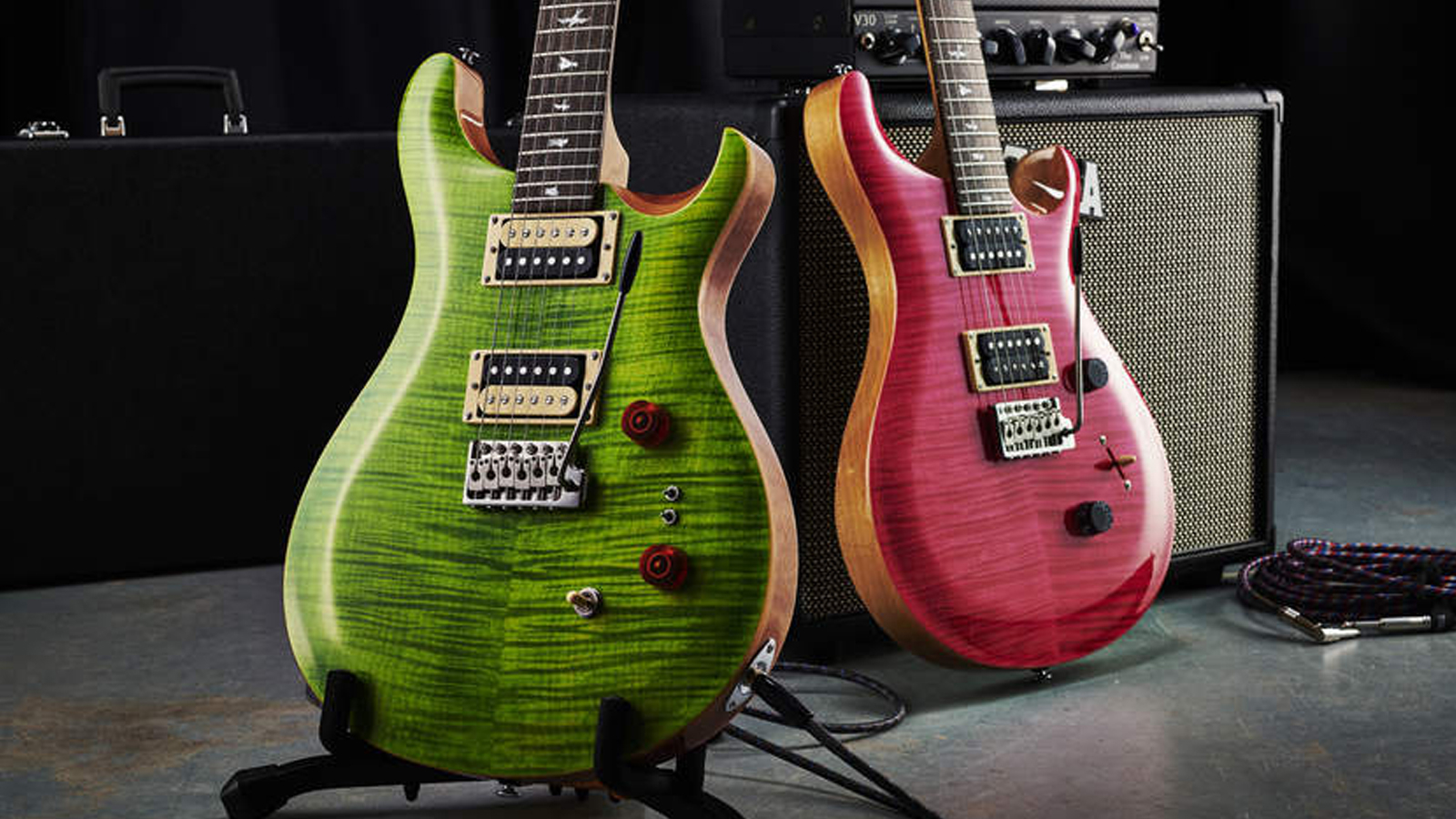
The PRS story starts with fairly humble beginnings, as Paul Reed Smith decided to start selling his well-crafted guitars at local shows. This would ultimately lead to the young go-getter placing his guitars into the hands of Carlos Santana, Al Di Meola, and Howard Leese and, well, the rest is history. PRS guitars as we know them today would burst onto the scene officially in 1985, with the Maryland guitar maker extraordinaire debuting the first Custom model at that year's NAMM show.
All the latest guitar news, interviews, lessons, reviews, deals and more, direct to your inbox!
Of course, Paul Reed Smith's state-of-the-art electric guitars would garner quite the following, and it wasn't too long before there was high demand for a more affordable model – and thus, the SE range was born. In a somewhat poetic turn of events, guitar hero Carlos Santana, having had a hand in the rise of PRS, would then be partially responsible for the SE line launching in 2001. After being badgered by fans for years about an inexpensive version of his signature guitar, he would relay this to Paul, resulting in the first SE model being a Santana signature.
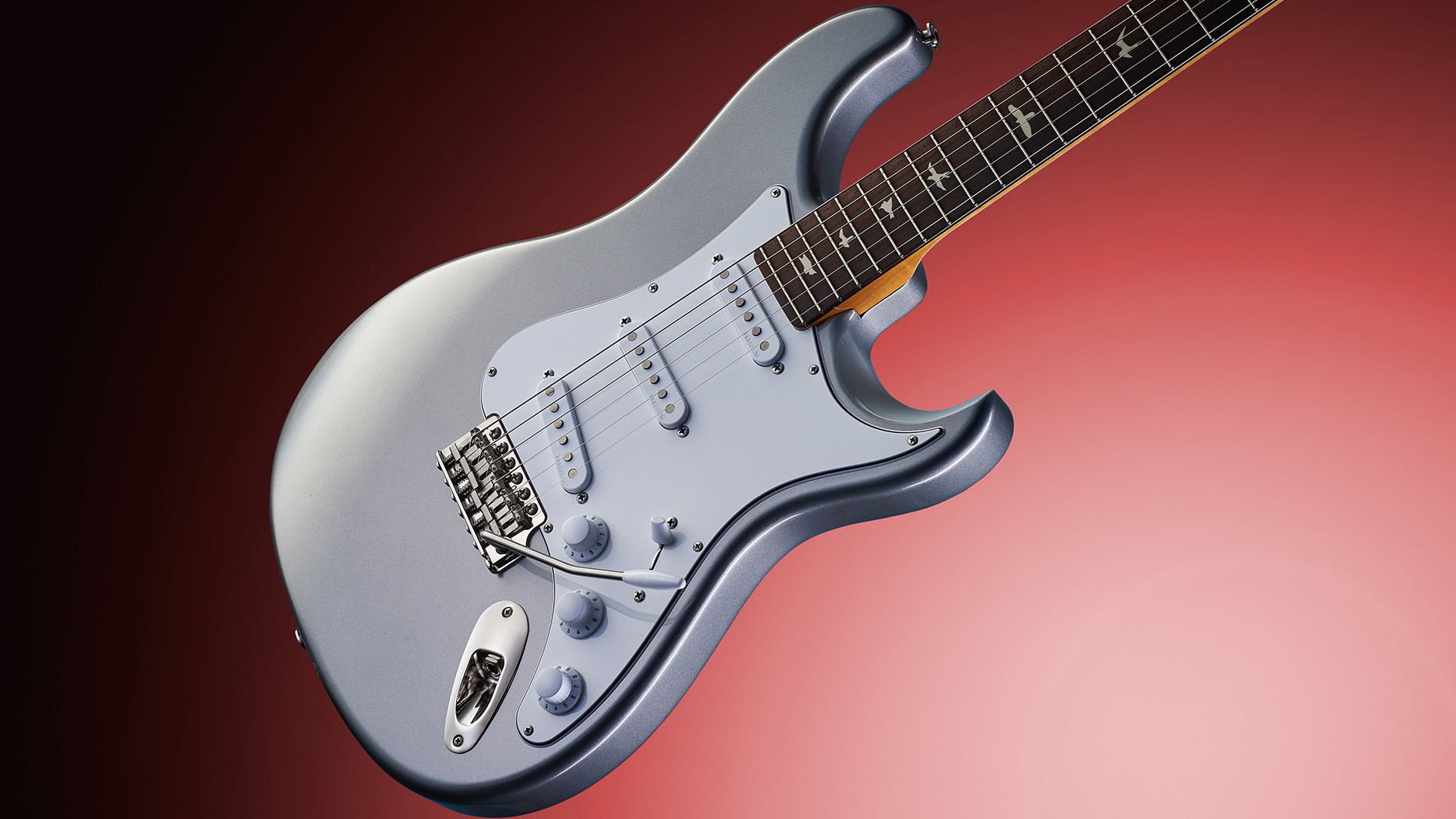
PRS SE Silver Sky vs Fender Player Stratocaster: Fender's old faithful and Paul Reed Smith's newest creation go head to head to see who comes out on top.
Over the years, the SE line up has evolved to include more PRS staples, including the Custom 24, 245 Singlecut and other hollowbody models, as well as a slew of signature guitars by artists such as Mark Tremonti, Zach Myers, Alex Lifeson, Mark Holcomb and many more.
As the lineup would expand, so too would the features on the guitar. Over the years, PRS has brought the SE range more in line with its American counterparts, introducing a revamped headstock, flame maple tops, their signature bevelled edges and the iconic bird inlays.
Continuing the theme of affordable yet exquisitely made guitars, PRS established the S2 series in 2013. Launching the line with a trio of stripped-back guitars – Mira, Starla, and Custom 24 – this series set out to bring USA-made guitars to the masses.
Manufactured in the Stevensville facility – alongside the Core line – these guitars boiled PRS down to their most essential elements, all while retaining the features that make Smith's guitars beloved by many. Today, the S2 range has ballooned to include many new guitars, from PRS classics like the Custom 24, McCarty and Single Cut to more radical, reimagined shapes, like the stunning offset Vela and many more.
PRS SE Vs PRS S2: differences
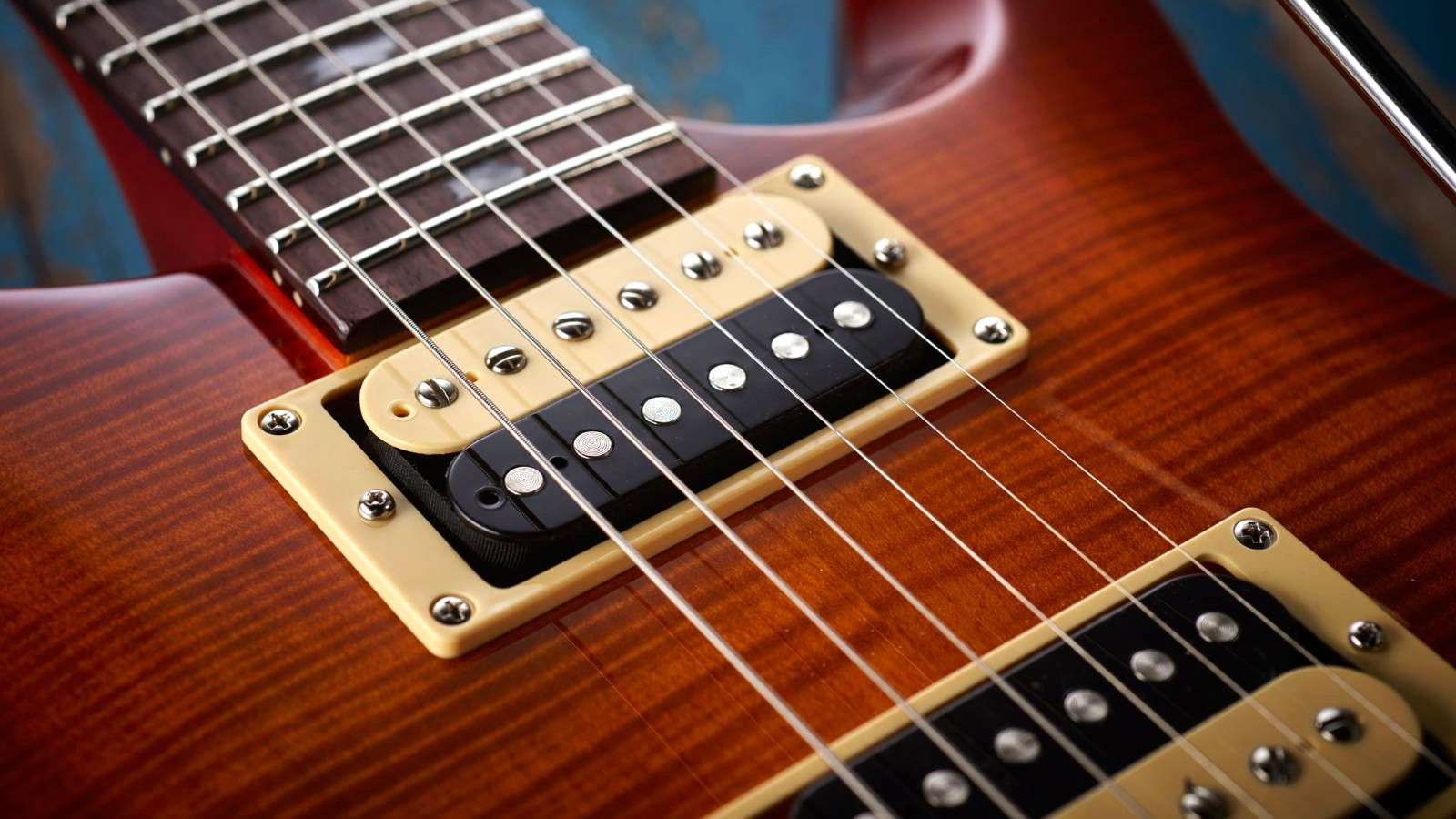
Okay, so it seems that PRS stumbled upon the recipe for success pretty early on in their journey and therefore they haven't strayed too far from it. So, with that said, most of their guitars share very similar traits and features, making them all feel authentically PRS.
The biggest and most obvious difference between the SE and S2 ranges is the country in which they are made. While the S2 guitars are crafted in the main facility in Stevensville, Maryland, USA, the SE guitars are manufactured in both South Korea and Indonesia, depending on the model.
While the lines do differ on certain guitars, they do share a number of instruments in common. Both ranges include their unique take on the flagship Custom 24, and as of very recently, they now both include a tribute to the former Gibson president with the McCarty model, as well as a Starla and hollow body options.
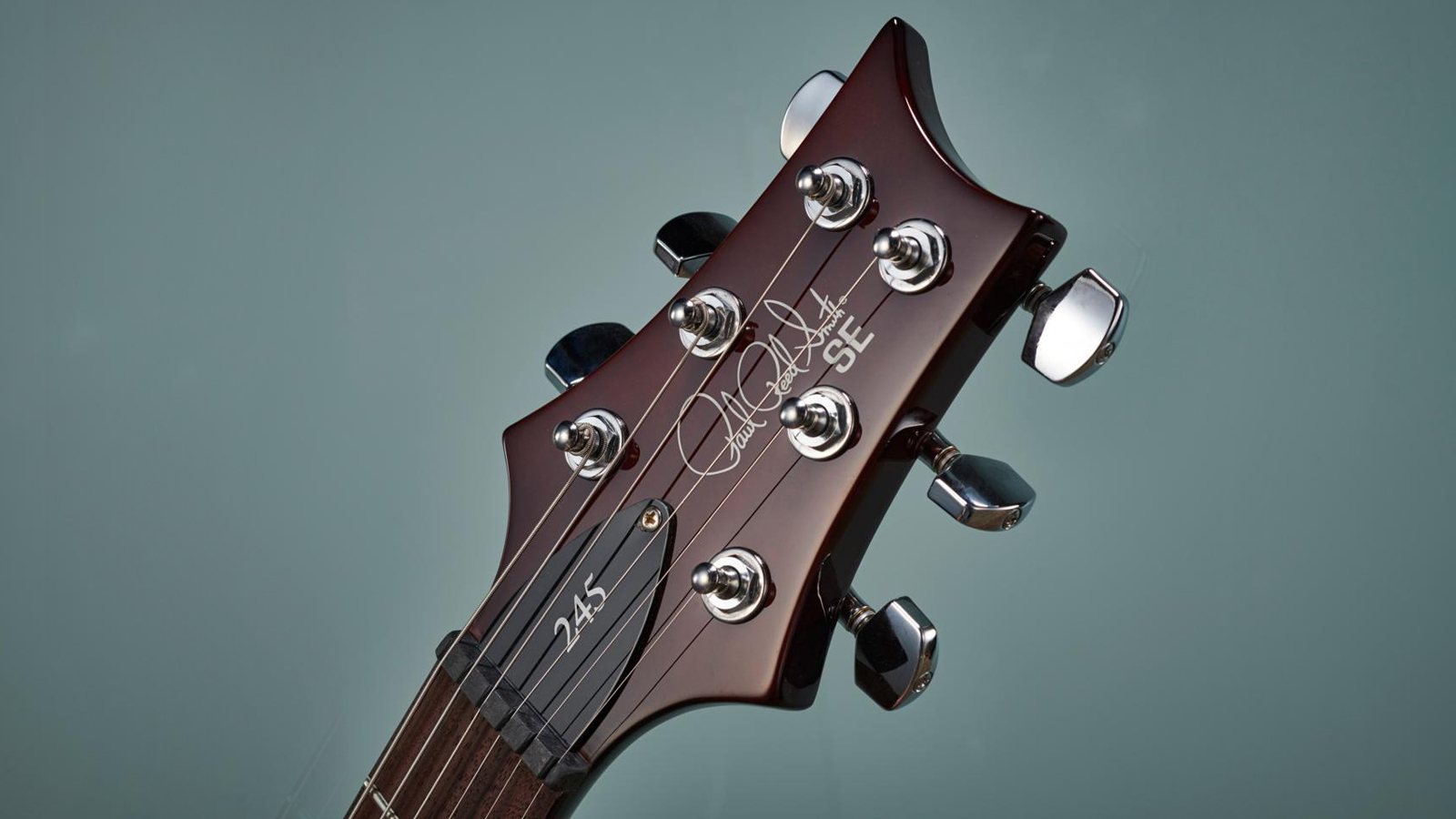
Naturally, as you'd expect, the differences in the factory – and therefore price point – lead to discrepancies in the materials used and manufacturing techniques. S2 guitars typically opt for a mahogany neck with scarf-joint construction, while the SE guitars mostly use multi-ply maple necks. However, certain SE models will use mahogany as well – SE McCarty, we're looking at you.
While the neck materials can differ, so too can the neck profile. It would be natural to assume that the models sharing a name would also share the same neck profile, but it's simply not the case. Take the SE and S2 Custom 24, for example. The SE has the Wide Thin profile, while the S2 utilizes the popular Pattern Thin. These neck shapes aren't a million miles apart from each other, but it's certainly enough of a difference for people to have a preference.
These differences also extend to the exotic tops PRS are famous for. As the S2 is the pricier of the two, this range tends to use maple tops, and as the SE models are a little more budget conscious, they'll typically be topped with a veneer.
Of course, there are other minute details of difference between each and every model, but this just gives you the broad strokes to give you an idea of what the main points of difference are.
PRS SE vs PRS S2: buying advice
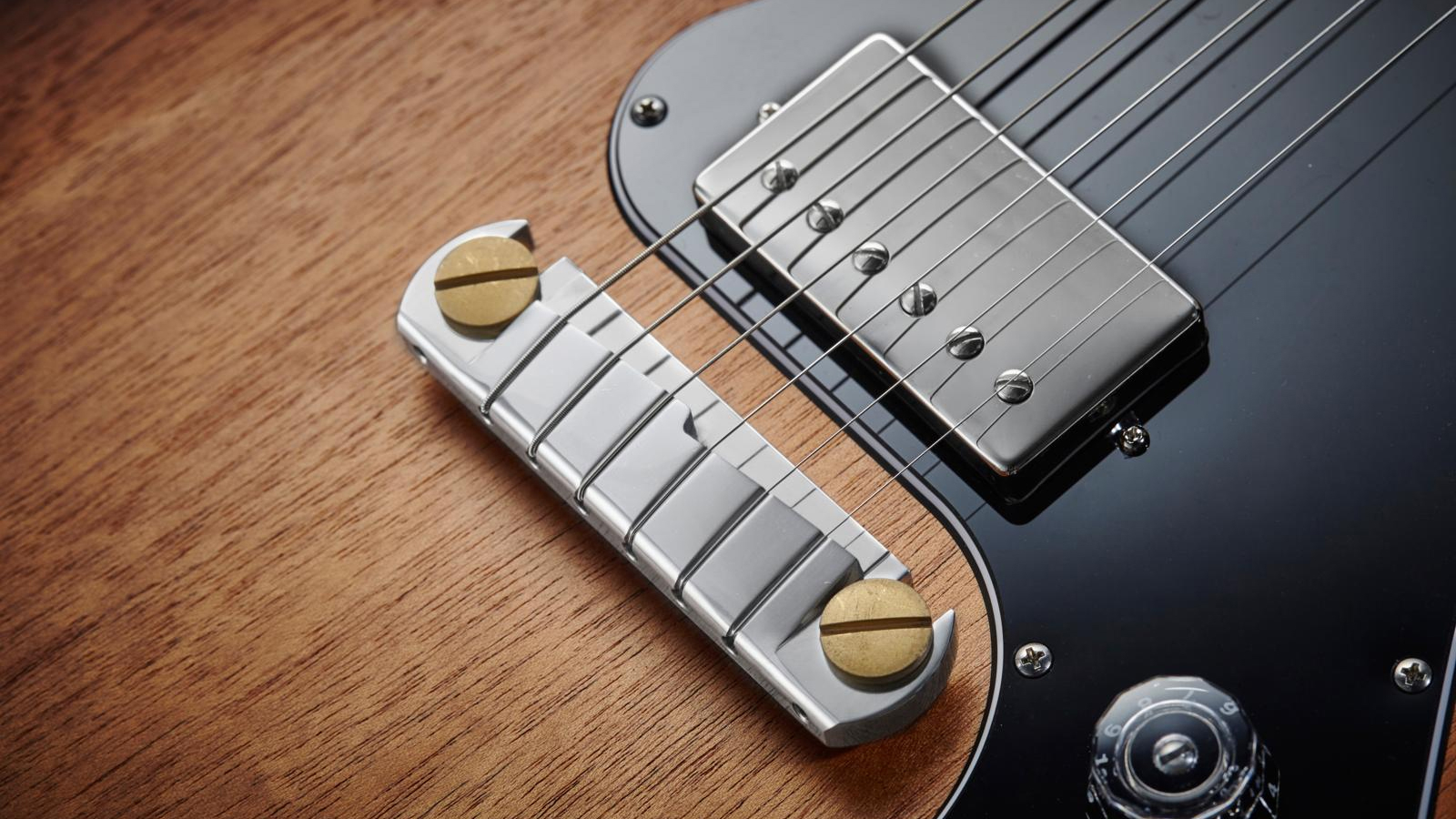
Despite being armed with all this information, you may still be wondering which PRS is right for you. Hopefully, we can shed some light on that.
Now, when pitting the SE and S2 against each other, we can't help but start at the price. The truth is, there's a significant monetary distinction between these two ranges. While an SE model routinely tops our guide to the best electric guitars under $1,000, the same can't be said for the S2, which comes in around the $2,000 mark. So, with that said, if your biggest consideration is purely financial, then it's worth looking for an SE model.
It's worth noting that the Student Edition guitars also offer more choice in terms of shapes, finishes and pickup configurations, so if there is a Core series guitar that's simply out of reach, you'll most likely find an SE variation that will get you in the right ballpark in terms of look, feel and sound – at a fraction of the cost.
If you are on the hunt for an American instrument but aren't taken in with the bling of the Core range, then S2 Series could be for you. While these USA-made instruments offer a stripped-down take on Paul Reed Smith's legendary guitars, they do deliver an extra level of craftsmanship when compared to the SE. These stunningly straightforward guitars also feature a variety of different pickup options not found on the Core line, as well as unique body shapes and stylings.
Below we've hand-picked a few of our favorites from across the SE and S2 ranges, covering a spectrum of styles, price points and genres.
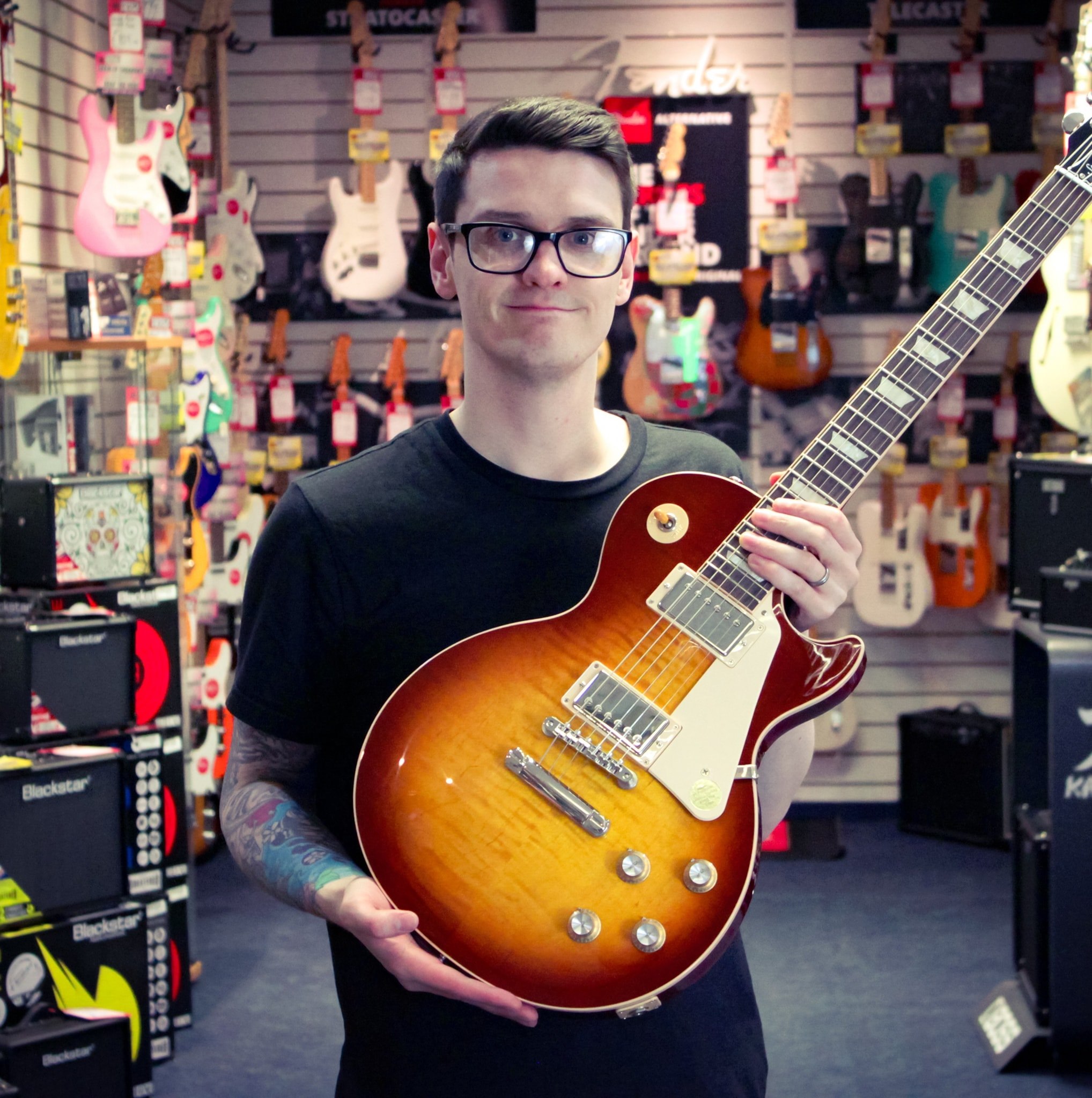
Daryl is a Senior Deals Writer at Guitar World, where he creates and maintains our 200+ buyer's guides, finds the best deals on guitar products, and tests the latest gear. His reviews have been featured in prominent publications like Total Guitar, Guitarist, Future Music magazine, and MusicRadar.com.
During his career, he has been lucky enough to talk to many of his musical heroes, having interviewed Slash and members of Sum 41, Foo Fighters, The Offspring, Thrice, and more. In a past life, Daryl worked in music retail. For a little under a decade, he advised everyone from absolute beginners to seasoned pros on the right gear for their needs.
Daryl is a fully qualified sound engineer, holding a first-class Bachelor's degree in Creative Sound Production from the University of Abertay.
